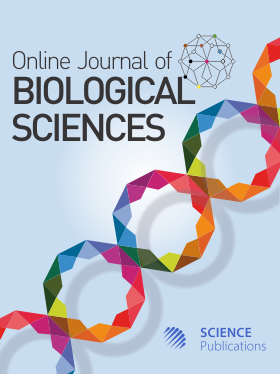The Study of Seasonal Patterns in Vegetation Diversity and Forage Yield Dynamics
- 1 Department of Agriculture Science, Hasanuddin University, Makassar, South Sulawesi, Indonesia
- 2 Department of Nutrition and Animal Feed Technology, Faculty of Agriculture, Puangrimaggalatung University, Sengkang, South Sulawesi, Indonesia
- 3 Faculty of Animal Science, Hasanuddin University, Makassar, South Sulawesi, Indonesia
- 4 Center for Research and Development on Livestock Reseources and Tropical Animals, Hasanuddin University, Makassar, South Sulawesi, Indonesia
Abstract
This study examines the seasonal dynamics of vegetation diversity, forage yield, and nutrient quality in Tarabbi Village, Malili District, East Luwu Regency, conducted from July 2023 to July 2024. Using a survey approach and field measurements, data were collected through the Estimated Actual Weight method and Summed Dominance Ratio (SDR), complemented by Geographic Information System (GIS) technology for analysis. Principal Component Analysis (PCA) and cluster heat maps were utilized to explore forage diversity and productivity across the dry and rainy seasons. Results reveal significant seasonal variations in forage yield and botanical composition in Tarabbi District, East Luwu. The rainy season emerges as a pivotal period for optimizing forage production, particularly in grass-dominated pastures. Despite this dominance, the inclusion of legumes and other plant species is essential for providing balanced and nutrient-rich forage for livestock. To sustain pasture productivity and ecological integrity year-round, adopting effective management strategies, such as adjusting stocking rates and promoting sustainable grazing practices, is imperative. Forage yield parameters, including fresh and dry weight, increased during the rainy season, with grasses showing the highest fresh weight production at 1.30 tons/ha, followed by legumes at 0.72 tons/ha. Nutrient analysis highlighted legumes as the most nutrient-dense, with the highest crude protein (9.35%) and fat content (4.63%), whereas grasses exhibited higher crude fiber (32.46%), important for digestion. These findings underscore the importance of integrated approaches to pasture management in addressing vegetation diversity and forage yield dynamics in seasonal patterns in Indonesia. By understanding these dynamics, sustainable livestock systems can be developed, ensuring ecological balance and improved productivity in the region.
DOI: https://doi.org/10.3844/ojbsci.2025.570.781

- 47 Views
- 14 Downloads
- 0 Citations
Download
Keywords
- Seasonal Variations
- Forage Yield
- Botanical Composition
- Sustainable Pasture Management
- Livestock Systems
